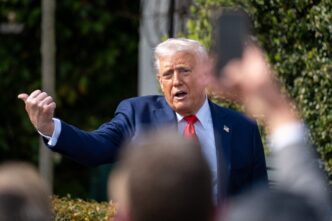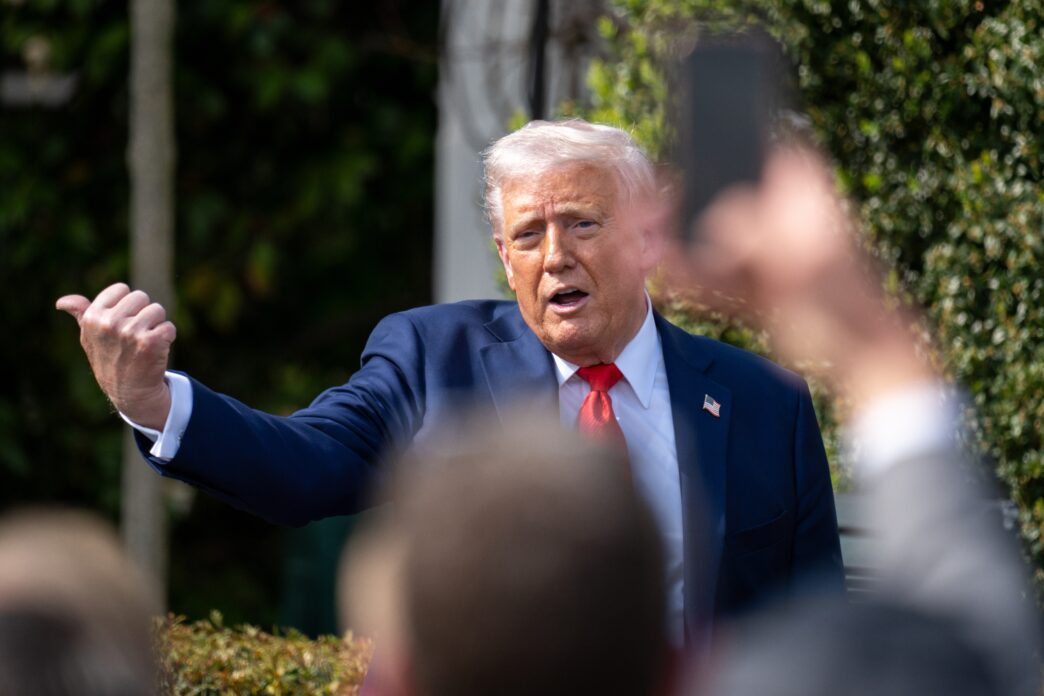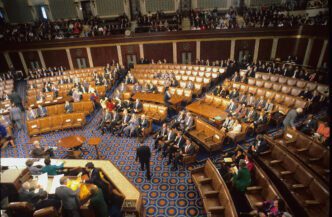Executive Summary
The Story So Far
Why This Matters
Who Thinks What?
A deal brokered by eight moderate-leaning members of the Senate Democratic Caucus with Republicans on Sunday appears poised to end the longest government shutdown in American history, which concluded on November 10, 2025. The agreement signals a Democratic concession on their primary demand for an extension of enhanced Obamacare tax credits, accepting more modest provisions instead.
Democratic Concessions and Capitulation
Democrats secured two notable concessions: a commitment for a Senate vote on extending enhanced Obamacare subsidies by next month, and Republican agreement to reverse President Donald Trump’s efforts to lay off federal workers, blocking further such actions through January. However, the overall outcome is widely seen as a Democratic capitulation.
Despite polls showing Democrats winning the public blame game for the shutdown and broad support (over 70%) for extending Obamacare subsidies, the party ultimately folded. Senator Angus King, an independent caucusing with Democrats, suggested that an extension of the tax credits was unlikely to materialize as the shutdown progressed.
The timing of this Democratic concession is seen as problematic, coming after a period of renewed party unity and positive polling trends. This outcome is expected to lead to internal recriminations and could renew efforts to challenge Senate Minority Leader Chuck Schumer’s leadership.
Trump’s Tactics and Hubris
Critics argue that the deal rewards President Trump’s heavy-handed tactics, which included fighting to avoid paying full SNAP benefits and reducing air traffic at major airports, leading to flight cancellations. These actions, perceived by some as leverage, followed Trump’s explicit targeting of “Democrat programs” with layoffs and funding cuts.
Throughout the six-week shutdown, President Trump’s actions displayed significant hubris, according to analysis. This included attending a “Great Gatsby”-themed party before SNAP benefits were affected and promoting costly White House renovations, despite economic concerns and his plummeting approval ratings.
Republican Obamacare Challenge
Republicans still face a significant political challenge regarding Obamacare, particularly the popular tax credits supported by three-quarters of Americans. A forthcoming Senate vote on these subsidies could spotlight the GOP’s stance, potentially forcing tough votes and putting them on record ahead of the 2026 midterms.
The outcome challenges the conventional wisdom, often expressed by former Senate GOP leader Mitch McConnell, that shutdowns never work. While Democrats did not achieve all their goals, their ability to largely win the public’s blame game suggests that future shutdowns could be leveraged successfully if focused on popular issues.
Key Takeaways
The deal to end the government shutdown marks a significant moment, highlighting Democratic concessions, the perceived effectiveness of President Trump’s pressure tactics, and ongoing political vulnerabilities for Republicans concerning healthcare policy. The episode also prompts a re-evaluation of the political utility of government shutdowns.








